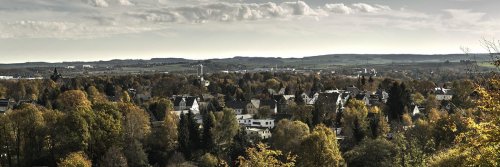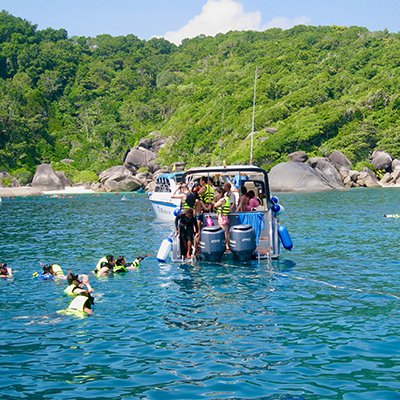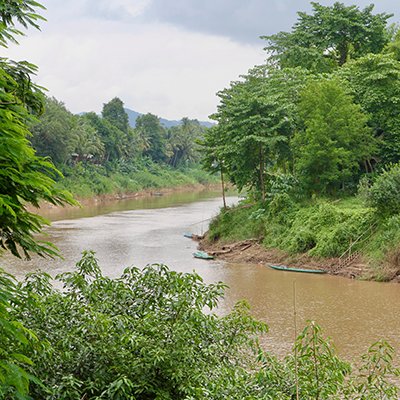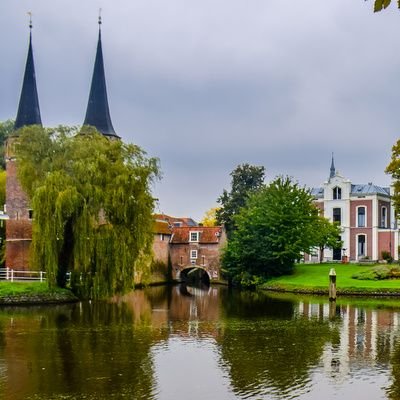Set to travel to Europe this year? Then, don't miss out on a chance to savour something special. Every year, the European Union (EU) chooses two cities to become European Capitals of Culture. This year, they are Chemnitz in Germany and Nova Gorica in Slovenia.
Capitals of Culture
A European Capital of Culture is a city designated by the EU for one year, during which it organises a series of cultural events with a strong European dimension. It enables a city to generate considerable cultural, social, and economic benefits, help foster urban regeneration, change the city's image, and raise its visibility and profile on an international scale.
Launched in 1985, the initiative is designed to bring Europeans closer together by highlighting the richness and diversity of European cultures and raising awareness of their common history and values.
Chemnitz, Germany
Chemnitz, together with 38 municipalities from Central Saxony, the Ore Mountains and the Zwickau region, has been named European Capital of Culture 2025. Chemnitz and its surrounding regions are linked by a vibrant shared cultural and industrial heritage.
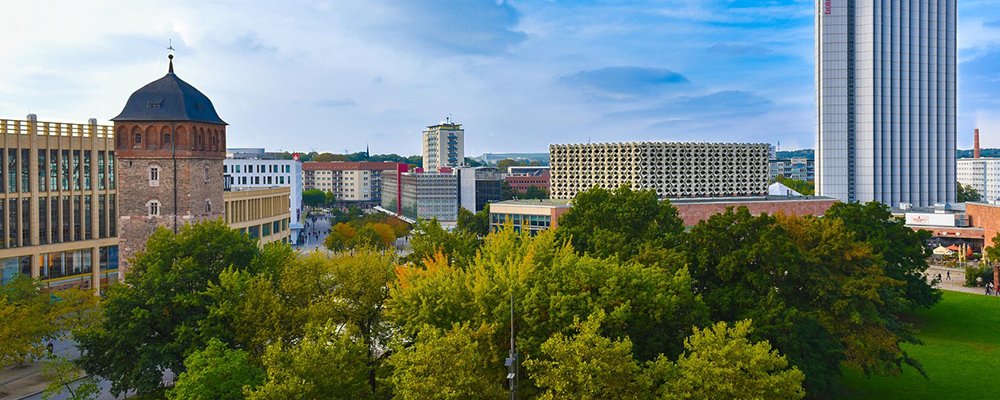
The motto for Chemnitz 2025 is "C the Unseen". It is both an invitation and a programme that aims to make the previously unseen and undiscovered visible. It will shine a light on people, places and activities that have not yet been the focus of tourist attention.
The schedule includes festivals, exhibitions, theatre, performances, concerts, sports, culinary delights, workshops, and events. Many local actors and renowned national and international artists will be involved.
Events include the Purple Path art and sculpture trail, which presents 38 new sculptures and art installations by international, national, and Saxon artists. They tell the stories of local people, artisanry and industry in the 38 partner municipalities.
There will also be exhibitions on Edvard Munch and on Realist movements in Europe of the 1920s and 1930s.
Chemnitz is renowned for its five-section theatre, the Industrial Museum, the State Museum of Archaeology, the Chemnitz Art Collections and the Gunzenhauser Museum, with one of the most impressive collections of classical modernism.
Nova Gorica, Slovenia
For the first time in its 40-year history, the European Capital of Culture will host a city split between two nations. Nova Gorica, Slovenia, and Italy's Gorizia are coming together to write a new cultural chapter without borders.
In 1947, Gorizia was split between Italy and Slovenia when the Treaty of Paris established Europe's new borders. An Allied commission determined that Gorizia should belong to Italy and the less-developed part of town be part of the Slovenian republic within the Socialist Federalist Republic of Yugoslavia.
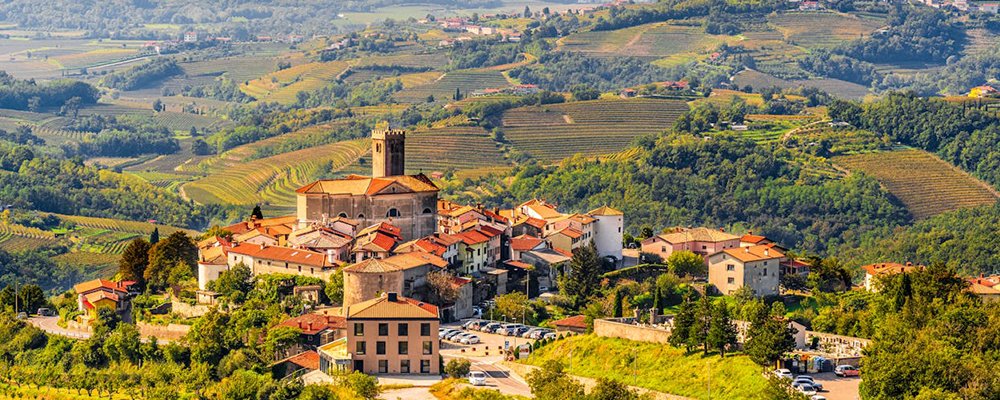
While Gorizia offers a medieval vibe, dominated by an imposing castle that features an expansive museum, Nova Gorica is thoroughly modern.
To mark the launch, there was a spectacular all-day opening celebration. Under the title From Station to Station, festivities unfolded across streets and squares, brought to life by musicians, dancers, folklorists and performers.
Over the coming months, GO! 2025 will bring many unforgettable events to the region, including concerts, theatre, art exhibitions, film screenings, culinary experiences and more. March for Europe will transform border crossings into art, while Tastes without Borders (26–28 September) will offer a feast of gourmet delights.
The closing ceremony (1–3 December) will illuminate both cities in a spectacular finale. Highlights include concerts by Alexander Gadjijev, Borderless Body, Dodecalogy 1972–1983, EPIC, ISOLABS, and Benedetti Life, celebrating unity, creativity and cultural heritage.
Nova Gorica is Slovenia's youngest city, and boasts stunning examples of modernist architecture. It sits along the breathtaking Soča River, a paradise for nature lovers. Visitors can visit the Soča Valley by train, discovering the charms of Tolmin, Kobarid and Bovec. Wine lovers and food enthusiasts can indulge in The Vipava Valley, often called the Slovenian Provence, renowned for its sun-kissed vineyards and boutique wineries.
There will be a remembrance trail about World War I, linking more than 300 monuments in a unique route of over 500 kilometres from the Alps to the Adriatic to spread a message of peace, cooperation, and friendship between peoples.
Exhibitions will also showcase the works of Slovene-born and Dachau survivor painter Mušič, who also worked in Venice and Paris and is a symbol of artistic resistance to the catastrophes of the 20th century.
 Andy Probert is an independent journalist who writes about global travel news, airlines, airports, and business. His work has appeared globally on the BBC, and in many national newspapers and magazines.
Andy Probert is an independent journalist who writes about global travel news, airlines, airports, and business. His work has appeared globally on the BBC, and in many national newspapers and magazines.

